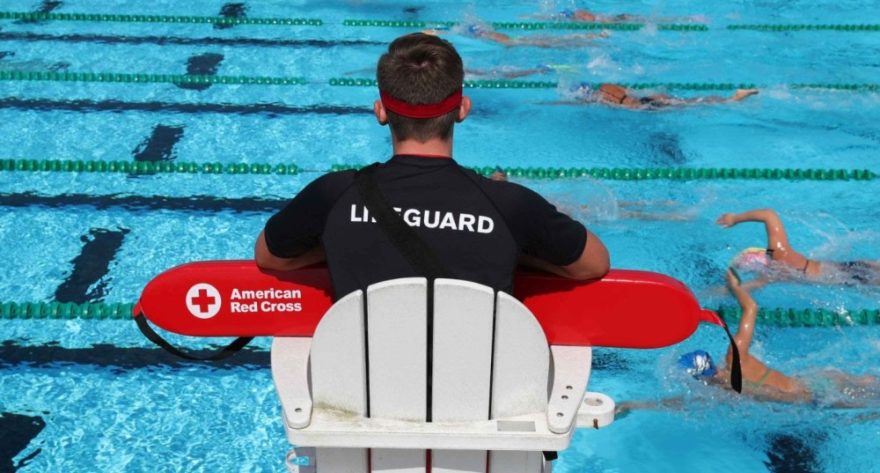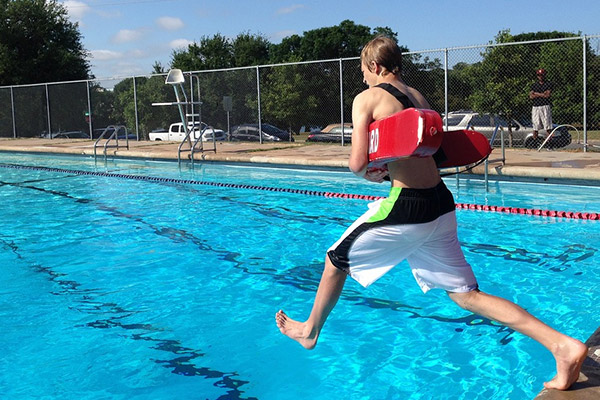Halloween is just days away. Fast becoming one of the most popular holidays in this country, masses of little superheroes, cartoon and television characters will soon be out in their neighborhoods for trick or treat fun. The American Red Cross has ten tips parents can follow to help keep the kids safe while enjoying the festivities.
- Trick-or-treaters need to see and be seen.
– Use face makeup instead of masks which make seeing difficult.
– Give trick-or-treaters a flashlight to light their way.
– Add reflective tape to costumes and trick-or-treat bags.
– Have everyone wear light-colored clothing. - Use flame-resistant costumes.
- Make sure adults know where the kids are going. A parent or responsible adult should accompany young children door-to-door.
- Be cautious around animals, especially dogs.
- Walk, don’t run.
- Only visit homes that have a porch light on. Accept treats at the door – never go inside.
- Walk only on the sidewalks, not in the street.
– If no sidewalk is available, walk at the edge of the roadway, facing traffic.
– Look both ways before crossing the street, and cross only at the corner.
– Don’t cut across yards or use alleys.
– Don’t cross between parked cars.
– Drivers – use extra caution. The youngsters may forget to look both ways before crossing. - A grown-up should check the goodies before eating.
– Make sure to remove loose candy, open packages and choking hazards.
– Discard any items with brand names that you are not familiar with. - If you are planning to welcome trick-or-treaters to your home, follow these safety steps:
- Light the area well so young visitors can see.
- Sweep leaves from your sidewalks and steps. Clear your porch or front yard of obstacles someone could trip over.





